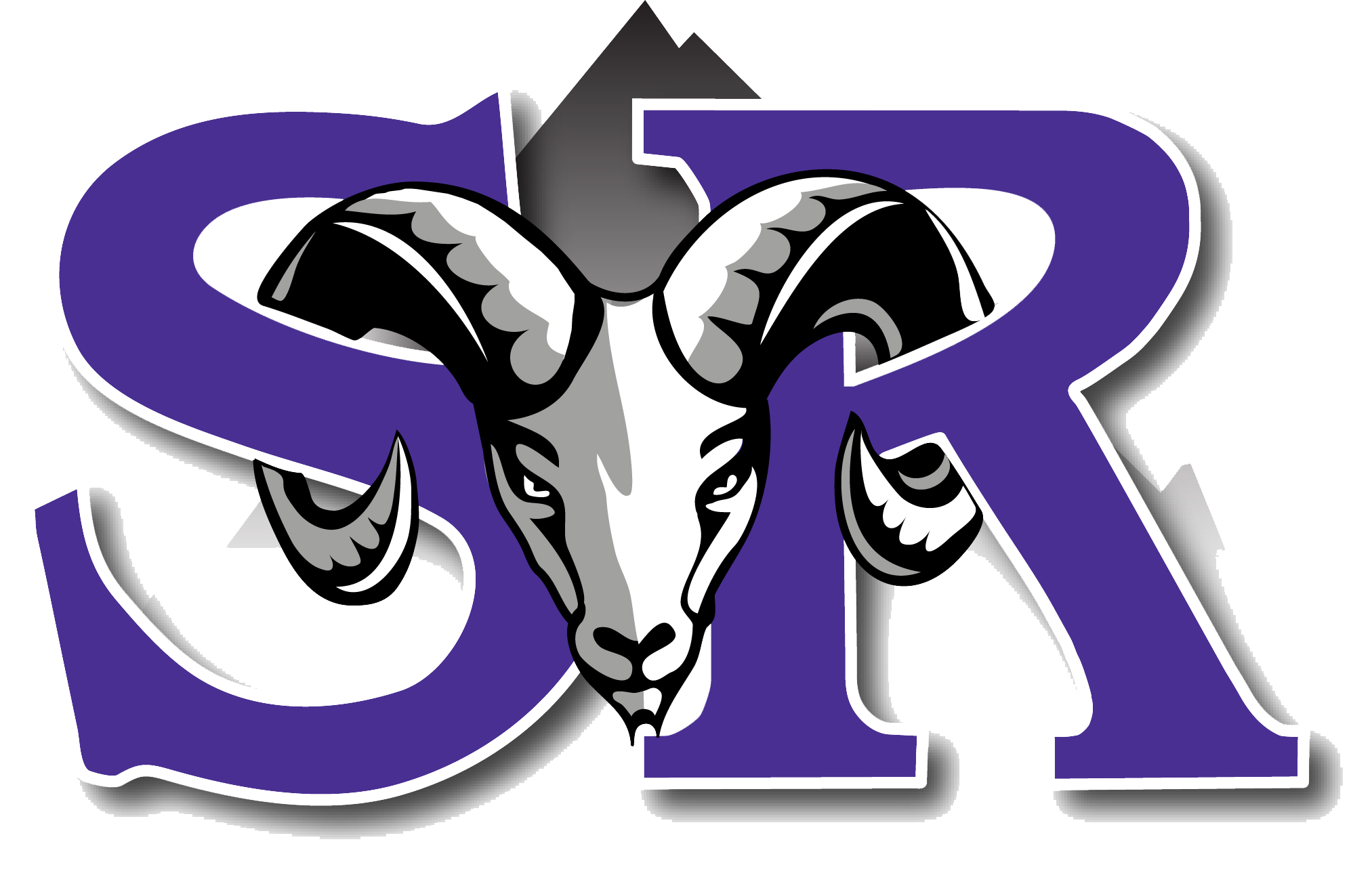
|
Mrs. Hulstrom |
Typing.com
(Join Class through Google Classroom)
Tynker Online Support Video Help
Code HS
Karel the Dog class code: 1251
301 Cloning (13) Introduction Video
Students will be able to:
- clone actors
- program and delete clones
Vocabulary
- cloning - making multiple copies of the same actor in the same project.
New Tynker Code Blocks
The blocks we will be learning about in this lesson are the 'create clone of', 'clone startup', 'delete this clone', and the 'touching clone of' blocks.
1. Concepts
Let’s find out more about how to use the Create Clone Of, Delete this Clone and Clone Startup blocks.- Click on the 'Concepts' icon.
- Read the captions on the screen.
- Click anywhere to move to the next screen
2. Clone Projectiles (DIY project)
- This project will show your students how cloning can be applied to projectile-based games. They will learn to program a single hidden fireball to create tons of identical fireballs when the spacebar is pressed.
- Explain to your class that cloning is perfect for projectiles. Cloning lets you create any number of identical things, and you only have to code them once!
3. Clone Enemies (DIY project)
- This DIY project will give your students more experience with cloning in Tynker. They will learn how to create clone enemies that spawn off-screen and fly on-screen to be destroyed by the player.
- It’s important that your students include code that deletes clones in their own projects, because otherwise too many clones can actually slow your computer down! This makes the experience much less fun.
- Challenge your students to make the planes play their explosion animation when they are hit by the fireballs.
4. Helicopter Dogfight (puzzle)
In this puzzle we need to program the dragon to shoot fireballs at the helicoptors. Destroying 3 helicopters means you win the game. The fireballs have to disappear when they go past the edge of the screen.
Question 1: Describe the forever loop that needs to be programmed to delete the clones when they reach the right side of the screen?
Every time a clone's x-position reaches the right side of the screen it needs to be deleted.
Question 2: Describe the programming that will make the dragon shoot the fireballs?
At the beginning of the game every time the space bar is pressed a new fireball clone is created.
5. Create an Attacker Game (DIY project)
- In this iteration of the dragon game, your students will program enemy helicopters to fire lasers towards the dragon. The dragon will have to avoid the incoming lasers to win.
- If your students feel that the lasers are too hard to avoid, tell them that they can reduce the speed of the lasers to make them easier to dodge.
6. 2-Player Battle (DIY project)
- Your students will have to fix the code in this two-player plane fighting game. The plane on the left has lost some of its code. The plane on the right is fully programmed.
- After they finish the game, your students should play versus one another.
7. Quiz
Conclusion
In this lesson we learned how to clone, program and delete clones using Tynker's built-in cloning utility.
U.S. Standards
- K-12 CTSA Computer Science Standards (Revised 2017)
Computer Science Teachers Association:- 1B-AP-10
- 1B-AP-11
- 1B-AP-12
- 1B-AP-15
- 2-AP-12
- 2-AP-13
- 2-AP-15
- 2-AP-16
- 2-AP-17
- CCSS-ELA: RF.5.4.A, 6-8.RST.3, 6-8.RST.4, 6-8.RST.7
- CS CA: 3-5.AP.10, 3-5.AP.12, 3-5.AP.13, 3-5.AP.14, 3-5.AP.17, 6-8.AP.12, 6-8.AP.13, 6-8.AP.16, 6-8.AP.17
- ISTE: 1.c, 1.d, 4.d, 5.c, 5.d, 6.b
-
***All lesson information is from https://www.tynker.com/
Quarter 1 Class Codes 2020-2021
are all located inside your Schoology account!